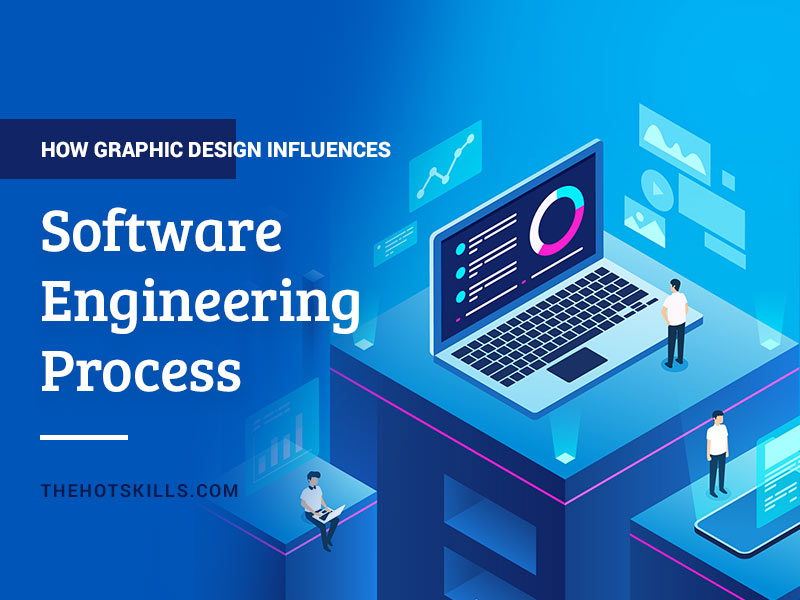Index Surge: Amplifying Your Insights
Stay updated with the latest trends and news across various industries.
Designing Dreams: Choosing the Right Graphic Design Software for You
Unlock your creativity! Discover the best graphic design software to turn your dreams into stunning visuals. Choose wisely and design like a pro!
Top 5 Graphic Design Software Options for Beginners
For anyone venturing into the world of graphic design, choosing the right software can be an overwhelming task. Fortunately, there are several user-friendly options tailored specifically for beginners. Here are the Top 5 Graphic Design Software Options for Beginners:
- Canva - A web-based platform perfect for novices, Canva offers a variety of templates and design elements that make it easy to create stunning visuals without any prior design experience.
- Adobe Spark - This tool provides a simplified approach to graphic design, allowing users to produce beautiful graphics quickly using a plethora of ready-made designs and free images.
- GIMP - A powerful open-source software that gives beginners the chance to explore advanced editing techniques, GIMP combines the flexibility of professionals with the accessibility of a novice-friendly interface.
- Inkscape - Ideal for vector graphics, Inkscape is an open-source program that invites beginners to learn the basics of design while enjoying a wealth of features used by experts.
- Microsoft PowerPoint - Although primarily a presentation tool, its layout simplicity also makes it suitable for basic graphic design tasks, offering an easy entry point for those just starting out.

How to Choose the Perfect Graphic Design Software for Your Project
Choosing the perfect graphic design software for your project can significantly influence the outcome and efficiency of your work. Start by assessing your specific needs: Are you creating digital illustrations, manipulating photos, or designing layouts for print? Understanding your project requirements is crucial. For beginners, user-friendly options like Canva or Adobe Spark may suffice, while more advanced users might opt for Adobe Illustrator or CorelDRAW for greater control and a wider array of features.
Next, consider your budget and the platform you will be using. Many graphic design tools offer subscription models while others require a one-time purchase. Evaluate whether the software has cross-platform compatibility to ensure you can work seamlessly on various devices. Additionally, take advantage of free trials or demo versions to test the interface and features before making a commitment. Remember, the right graphic design software not only enhances your creative process but also boosts your productivity significantly.
What Features Should You Look for in Graphic Design Software?
When selecting graphic design software, it is essential to consider several key features that will enhance your creative process. First and foremost, look for user-friendly interfaces that allow for intuitive navigation, which is particularly beneficial for both beginners and seasoned professionals. Features such as customizable toolbars and drag-and-drop functionality can significantly speed up your workflow. Additionally, ensure that the software offers a variety of design tools, including vector graphics, typography options, and photo editing capabilities, to ensure versatility across different design projects.
Furthermore, consider the compatibility of the graphic design software with various file formats and other applications. This is crucial for seamless collaboration with team members or clients who may use different programs. A cloud-based option can also be advantageous, as it allows for real-time collaboration and accessibility from multiple devices. Lastly, prioritize software that provides regular updates and customer support, as these will keep your tools up-to-date and your creative juices flowing without unnecessary interruptions.